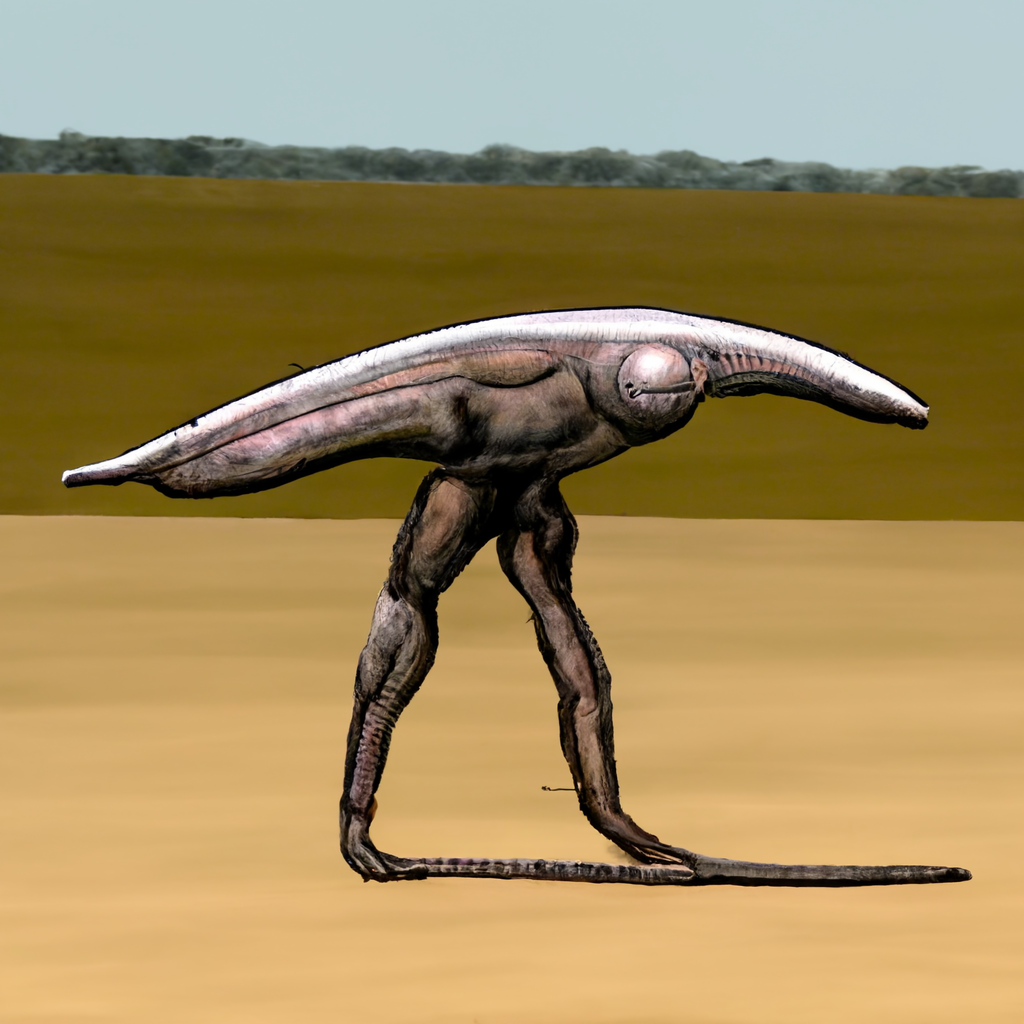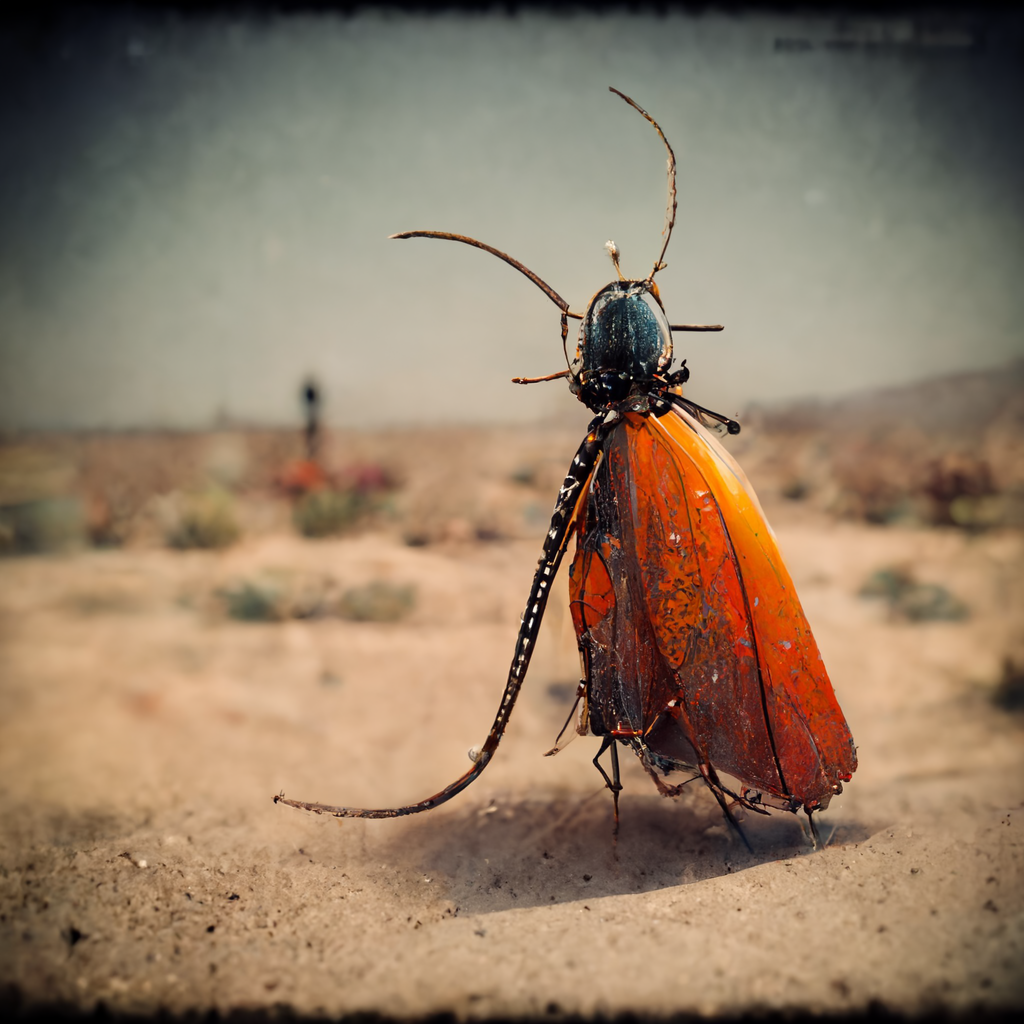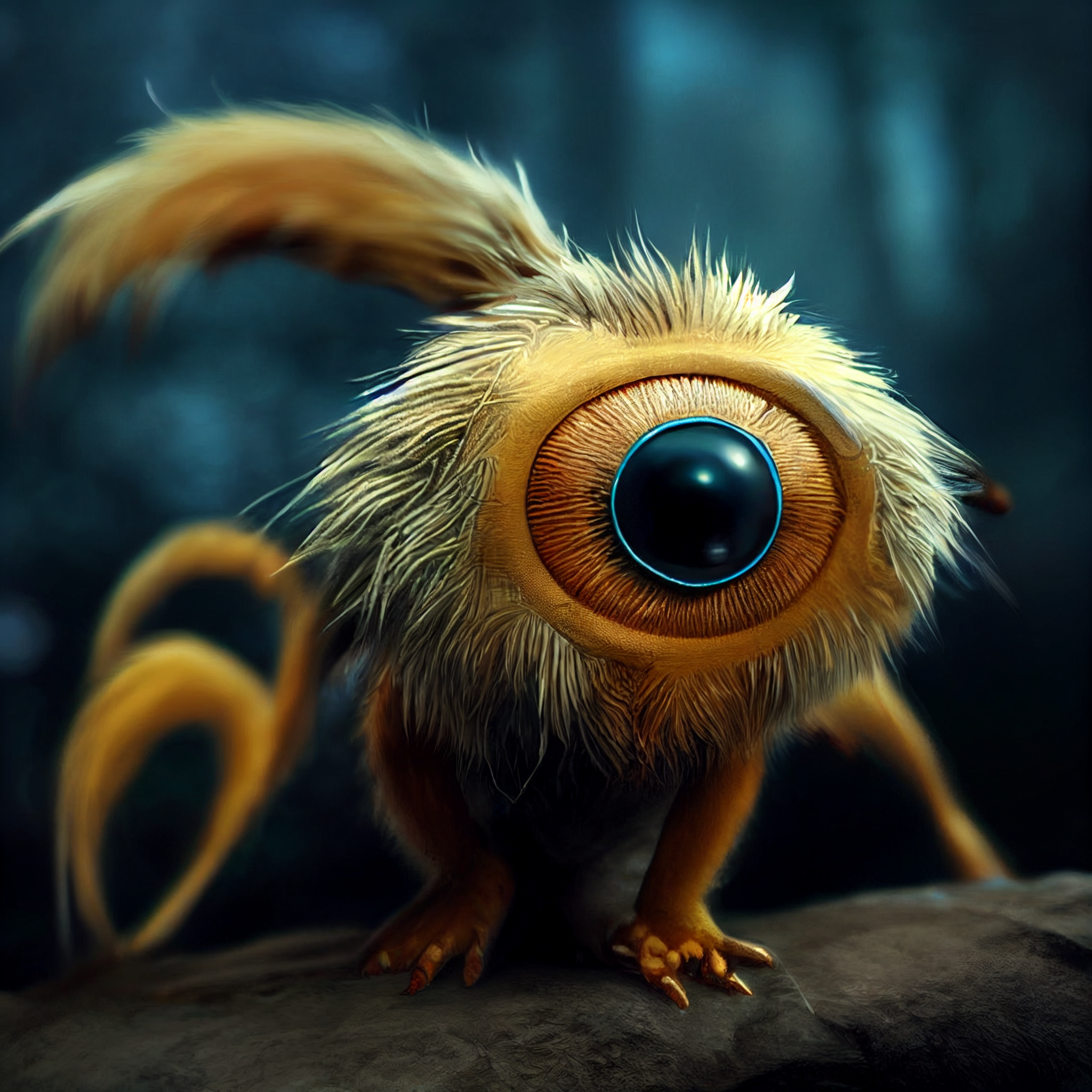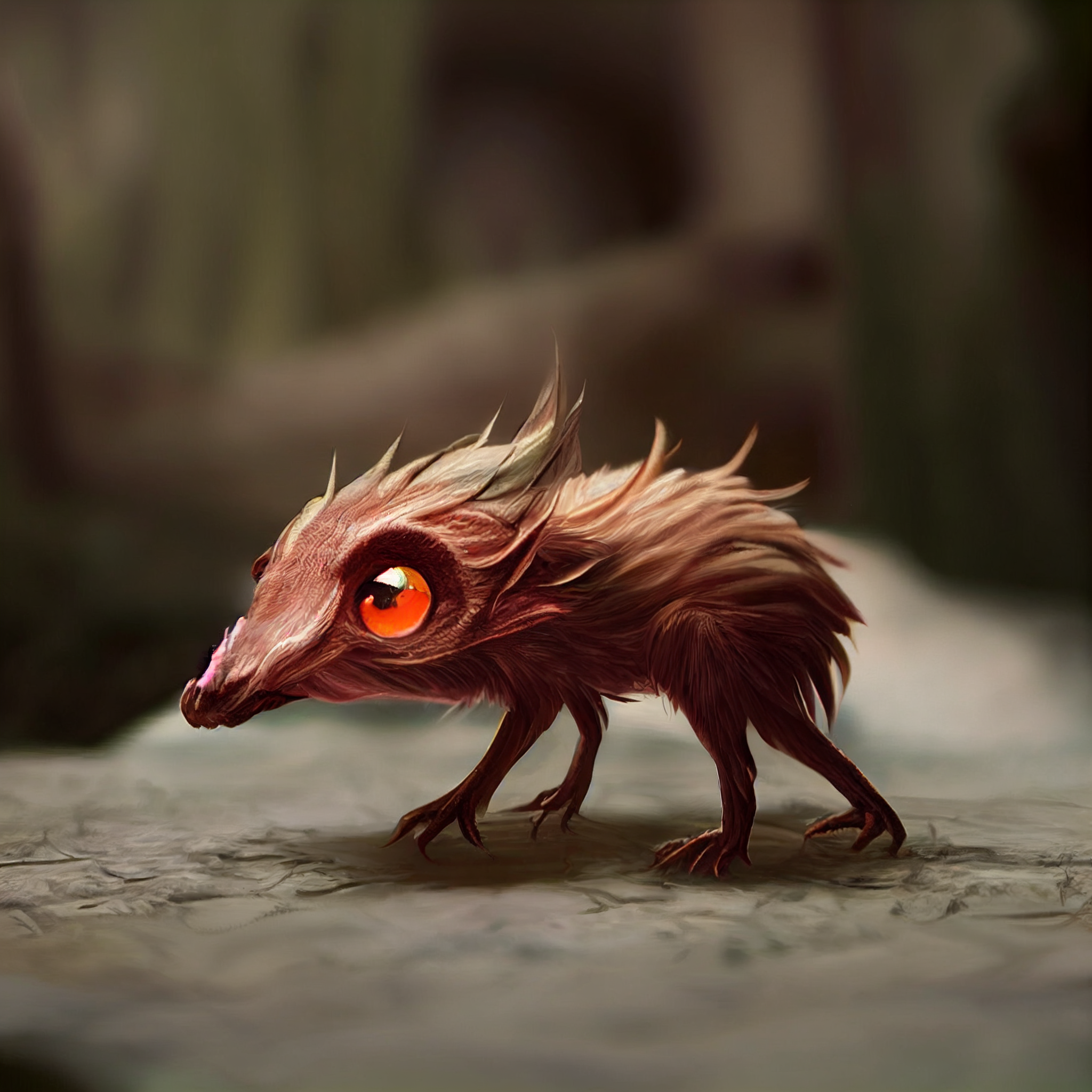

Hoomers are the descendants of a group of people who took part in an experiment involving transtemporal teleportation. This experiment resulted in the occupants of the teleportation chamber being displaced in time, transforming them into the hoomers. The hoomers' bodies are humanoid in shape, but they have no visible mouths, nose, or ears. Instead, they have a single eye in the center of their chests. They have arms and long antennae embedded within vents that cover them. Hoomers speak by means of complex hand gestures in a language that requires an acute understanding of spacetime and Leibniz curves.
Explore an endless universe of ficticious life on NovelGens.


.png)


